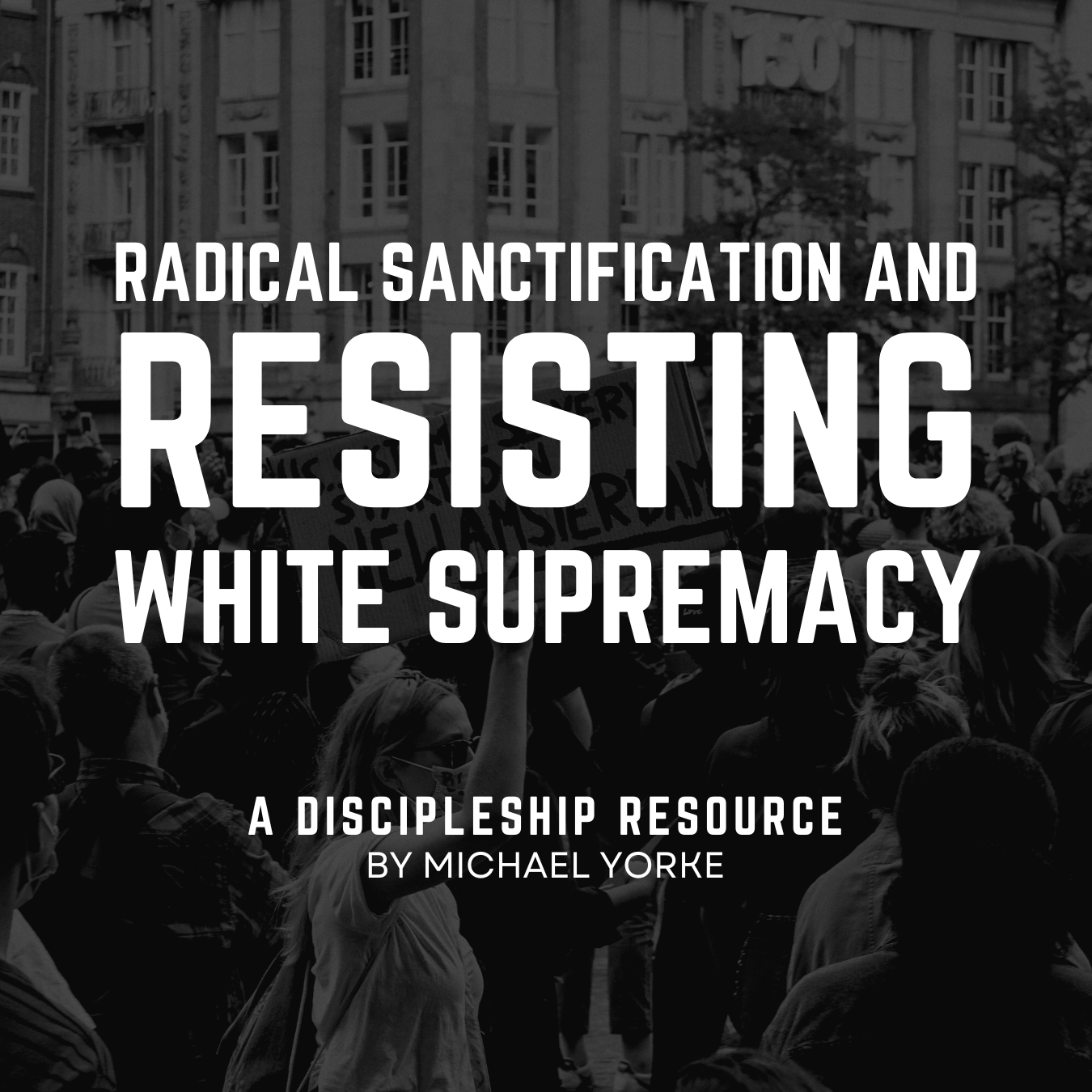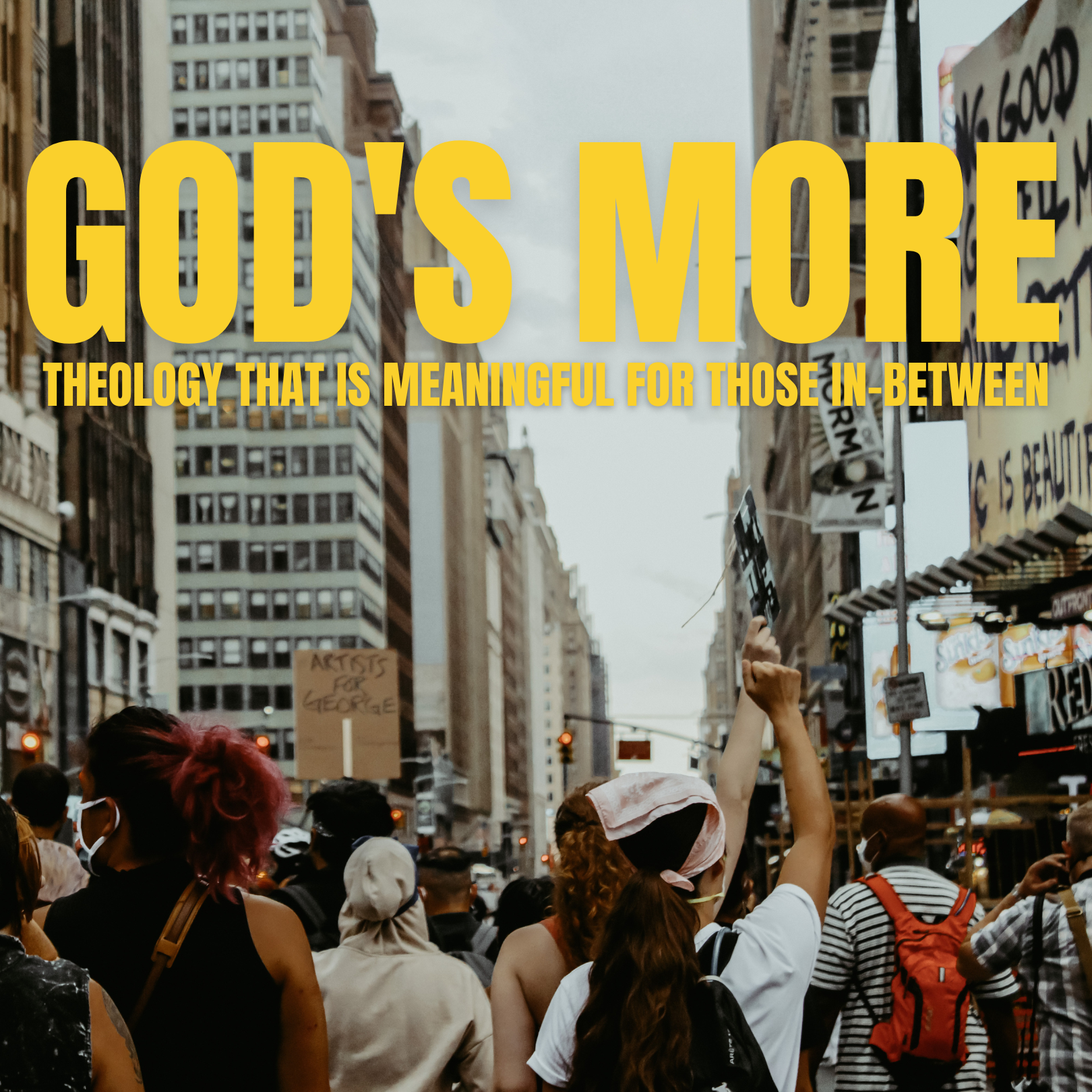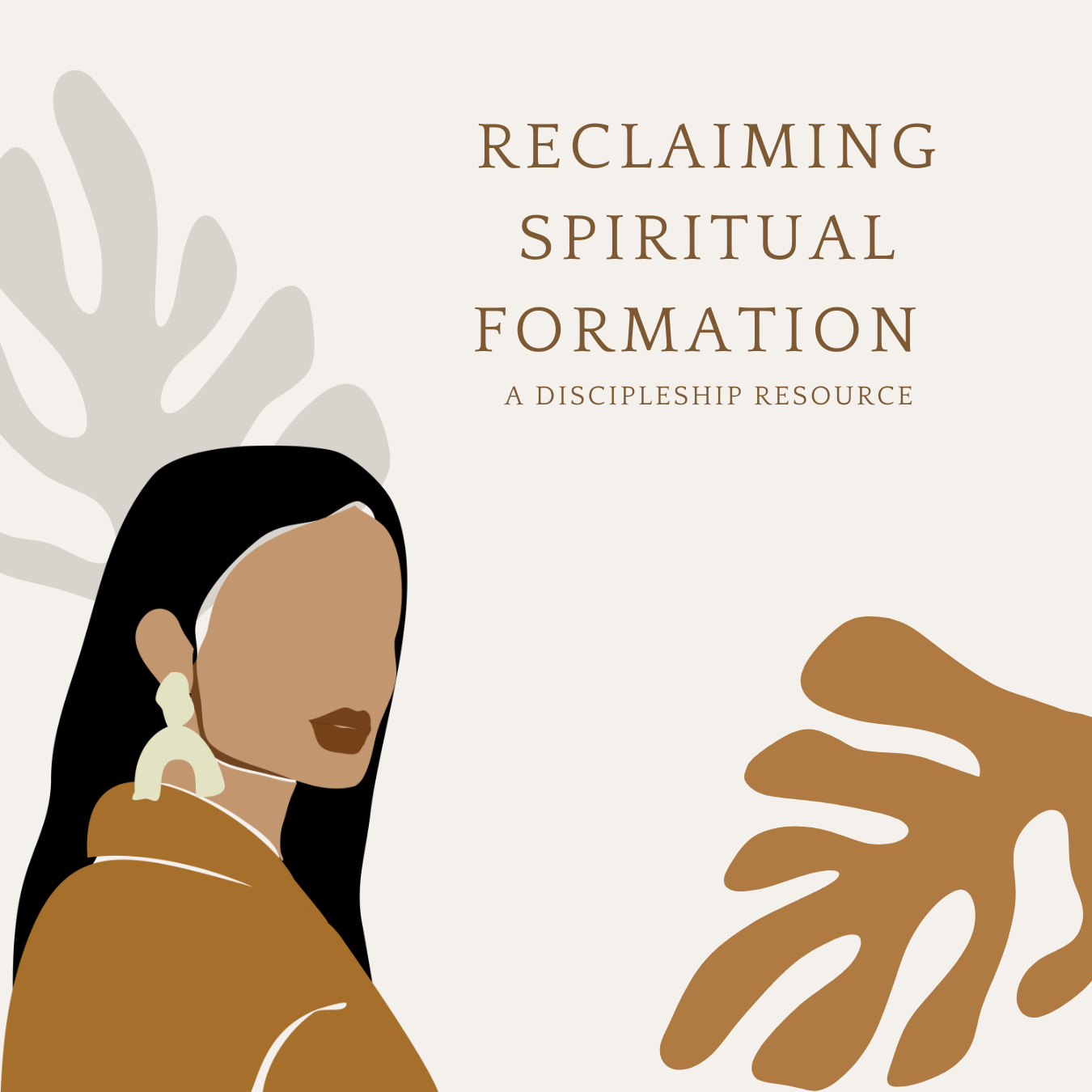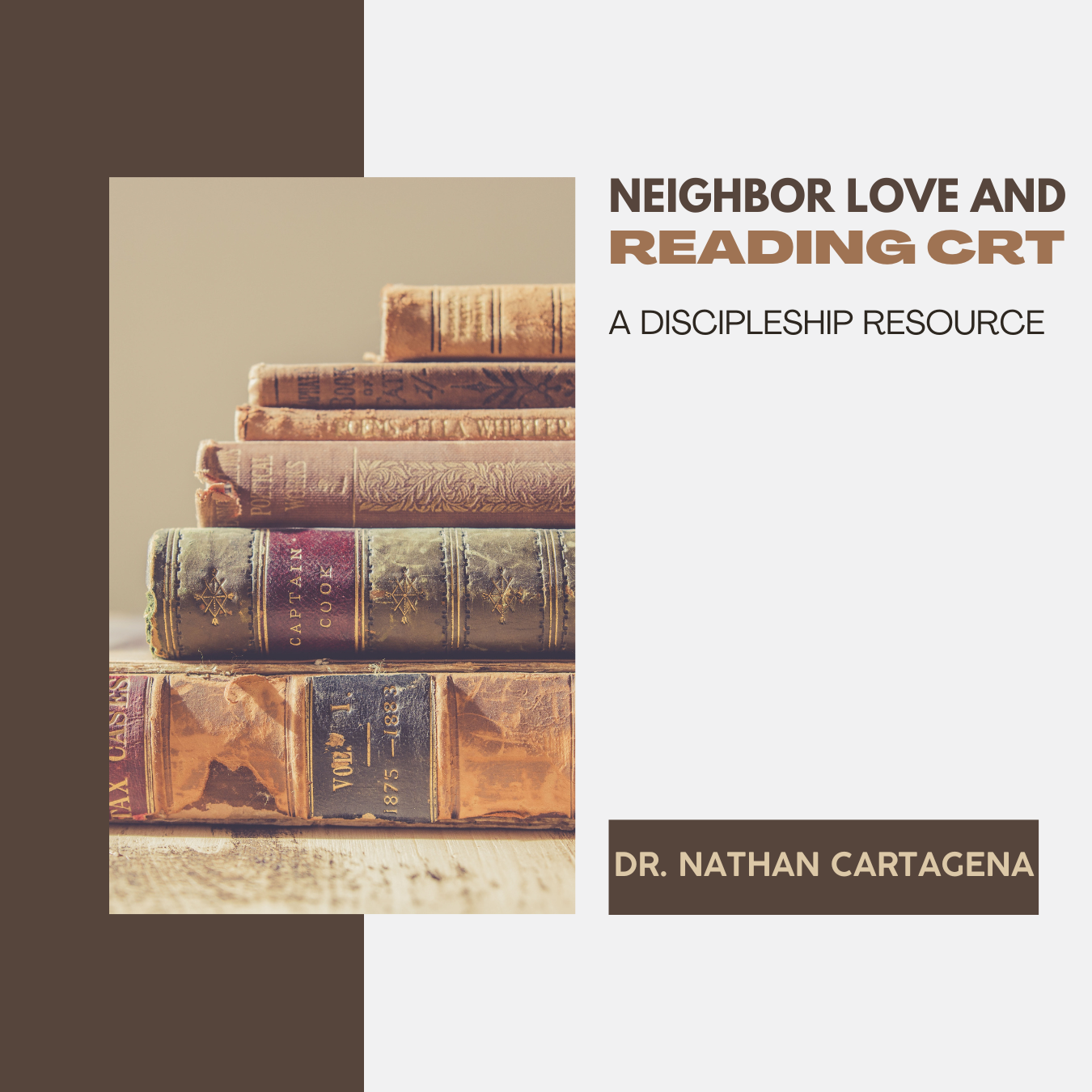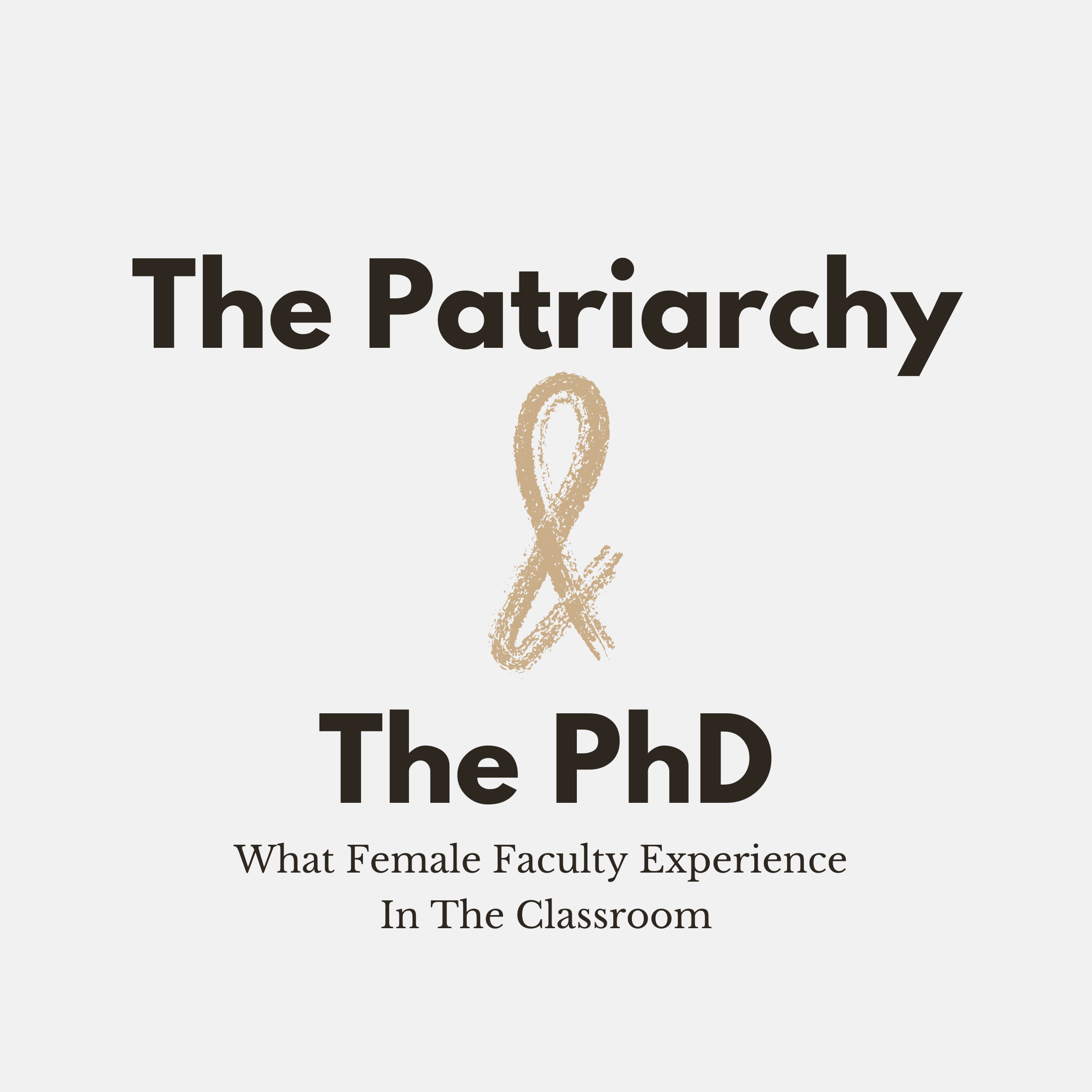This article is from the forthcoming Moody Center magazine. To learn more about the magazine and Moody Center, subscribe to their newsletter.
“Suddenly a sound like the blowing of a violent wind came from heaven and filled the whole house where they were sitting. . . . All of them were filled with the Holy Spirit and began to speak in other tongues as the Spirit enabled them. Now there were staying in Jerusalem God-fearing Jews from every nation under heaven. When they heard this sound, a crowd came together in bewilderment, because each one heard their own language being spoken” (Acts 2:2, 4–6).
“Listening to wild places, we are audience to conversations in a language not our own” (Robin Wall Kimmerer, Braiding Sweetgrass 48)
“Some of the Pharisees in the crowd said to Jesus, ‘Teacher, rebuke your disciples!’
‘I tell you,’ he replied, ‘if they keep quiet, the stones will cry out’” (Luke 19:39–40)
From the moment of birth, children begin the amazing journey toward speech. The process, frankly, remains a mystery to us all, even the most dedicated of researchers. Fresh to the smells, sights, and sounds of the world, most babies simply offer the most basic of speech: the utterance of cries. Yet over time the communicative cries give way to thoughtful attempts to shape words. But from where do these words come? Unlike the disciples in Acts 2, babies do not receive the Spirit of obscure tongues never before known in their communities. Rather, babies listen, process, and eventually repeat. That is to say, their language is a function of their place. People all around them speak, and they speak out of their places and speak the formation of places. In a more modest sense than God’s acts in Genesis 1, people form the world around them through the simple-yet-complex utterances of language. People utter words from a prior place of reception, for we all began as babies. The cycle repeats, bringing forth new communicators taking on the languages of their places and adding to the descriptions of their places, both through the fine-tuning that happens in places and through the interactions that occur between places. We were born to form words drawn out of our places and to utter words that continue to form our places.
What I want to explore is the connection between words and places—a connection taken for granted in the Judeo-Christian Scriptures—and the malformation of places when that connection is lost. Our lives exist in the intersection of words and places, for we are communicative beings taken from the dust of the ground who live in a communicative world and who were brought into being by a communicative God who began it all with a simple, “Let there be!” Places and words are intimately connected. We know places through our acquaintance with the language(s) of a place, and we know each other within those places and through our shared (or differing) tongues. These languages are those of people but also of the earth itself. When we lose the connection between place and words, we are doomed to do violence to both people and the earth. Before turning to the violence, though, we should first turn to what we take for granted: people belong in places.
From the dust of the ground
Often seen as two “tablets” of creation, Genesis 1 and 2 present two different yet complimentary accounts of creation. Genesis 1 provides a genealogy of creation moving from heaven to earth (Gen. 1:1) while chapter 2 moves from the earth to the heavens (Gen. 2:4). The Bible persistently sees “heaven” as the abode of God, while the “earth” is the abode of humanity. The first tablet is the account of God’s movement from his abode into his formation of the abode of humanity, so the account fittingly culminates in the creation of the creatures of the earth as bearers of the image of the heavenly Father on and in the earth. The parallels of the six days of creation further clarify the movement. Days 1 and 4, 2 and 5, and 3 and 6 parallel each other, where the first day in the couplets presents creation through separation (e.g., light from darkness, water from firmament, water from land) while the second day of the couplets narrates God’s formation of places and population amid the same realms (e.g., celestial bodies, fish and birds, animals and humans). The final description is the creation of humanity to be creatures of the earth alongside animals, but the special commission to humanity is to be the presence of God in the earth and amid the creatures of the earth. Humanity was made to be God’s image.
Meanwhile, the second tablet takes up the task of describing the place of humanity, specifically the work of making places and doing so around the presence of God. Humanity was to be a species of priestly gardeners and caretakers, cultivating life in the earth encircled around the Tree of Life, which sat in the middle of the Garden (Gen. 2:9). That life was a life of promise and nourishment: in the Tree, the fruit of God’s lips joined with the fruit of the earth to be a source of life in its fullest for all the creatures of the Garden. Physical and spiritual nourishment were one in that tree at the center of the Garden. The earth received its life from God and was sustained in that life by God’s life-giving presence in her midst. Humanity’s priestly task was to direct all of creation to its fullness in God by encircling it around his place of joining. Humanity was perfectly equipped to the task, for humanity was a creature of the dirt yet received life from the breath of God himself (Gen. 2:7).
Of course, tragedy enters the tale in Genesis 3, where creation is undermined by the priestly humans enclosing creation around the false promise—the lie of the serpent—which brought death. All of creation suffers because the one who belonged to the earth betrayed the earth. The place of life in the presence of God became the place of shame and hiding. The whole earth felt the effect, for her own priest and caretaker enclosed her around death. The same space teaming with life was now the site of two places: the possibility of life through the joining of the earth and the abode of God, the heavens, and the new reality of death through the separation of the earth from God’s presence. An act equally fit for judgment and mercy, God bars the path to the possibility of life. The earth was no longer fit, for the time being, to occupy the place of life. With the fall of humanity goes the fall of the earth because the two belong together. Humanity belongs to the dust of the ground, but now facing toward death, humanity will lose its life and dissolve back merely into the earth, devoid of the breath of God.
The biblical story only just begins with the fall, though. Throughout the pages of the Bible, the people of the earth and the life of the earth remain intertwined. In Genesis 3, the earth is cursed with humanity. In Genesis 4, the earth is stained with the blood of Abel and thus protests by refusing to yield crops to Cain. In Genesis 6, humanity becomes so horrific that days 3 and 6 of creation must be undone—“baptized” according to Peter (1 Pet. 3:20–21)—as the waters submerge the earth and all its life. Throughout the rest of the Old Testament, “wild beasts” signal echoes of the loss of Eden, foreshadowing Revelation, where the lion and the lamb rest together. God provides an image of a new Eden in the giving of a land flowing with milk and honey to a new humanity, the people of his covenant through whom he will bring redemption, yet in their disobedience, they too are sent out of the land and away from the presence of God. Indeed, as Jesus, the last “Adam”—meaning “person of the dirt”—proclaimed in Luke 19, the rocks cry out. Humanity and the earth belong together, so much so that Revelation culminates in the image of a new Eden with a new Tree of Life nourishing the creatures of the earth.
In the contemporary world, our imaginations are not shaped toward awareness of our being creatures who belong to the earth; nonetheless, our daily lives demonstrate this reality. Our lives are characterized by technologies that obscure the dependence: we mostly live and work in buildings with climate control systems that keep our bodies in relatively narrow bands of atmospheric conditions; we traverse space primarily in automobiles, hovering over the earth and with their own climate controls; we board public transportation and walk through cities wearing headphones and earbuds that block our auditory connection to our places. Our food travels great distances by land, air, and sea before reaching sanitized supermarkets with more climate control.
Yet the fact remains that we are creatures of the earth. Our food, from wherever it comes, is the fruit of plants, the meat or eggs of animals, or a factory combination of both through processing. Our growth from womb onward depends upon nourishment from the earth. Our muscles gain their strength from the protein in the food and the gravity of the earth, their energy from the sugar in plants, and their health from the vitamins and nutrients in the sun’s rays and earth’s soil. Despite the environmental systems of buildings and cars, the air we breathe is the air that permeates the earth, a living sign of the Spirit that hovered over the deep and filled the lungs of the first gardeners and first apostles (Gen. 2:7; Jn. 20:22). Our skin bears the marks of the soil in which our ancestors experienced differing intensities of the light and heat of the sun. Our finger nails bear the dirt of the earth that we grasp in our hands. Our bodies take their form at least partially from their terrain: people of the mountains have thicker and stronger thighs, farmers have stronger arms and hands, while ocean dwellers have bleached hair.
Our cultures are constantly changing ways of life in tune with particular places and its particular people. Indians beget Indians in more than genetic ways. Yet Indians of the village beget Indians with different sensibilities than Indians of the city, who are different from Indians in diaspora in the United States. The same can be said of Puerto Ricans. American soil and its places provide new earth in which to learn how to be Indian and Puerto Rican, as do the interactions of Indians and Puerto Ricans on American soil. We bear customs borne of the joining of places, taking customs that reflect local practices into new places, new soil, thereby creating new ways to be in the earth that are both true to the soil that bore us and to the soil of the place in which we set new roots. There is, perhaps, no better image of this exchange than language, for we are creatures of language who become audience to people and places and the earth each with their own languages. In the words of Robin Wall Kimmerer, we become “audience to conversations in a language not our own.”[1]
Name the animals
Contemporary philosophers have noted that language only works for communication because it enables the formation of shared ideas on the basis of generalities that create common expression. For example, take the word “apple.” For speakers of English, the apple is so basic to our perception of the world that we rarely think twice before qualifying it. We simply say things such as “I love apples” or “I hate apples” or “buy some apples at the store.” In fact, whereas we might qualify something much less basic to our lives, such as “I like action movies but not romantic comedy movies” or “I can tolerate salmon but have no interest in catfish,” we usually do not think twice about the simple designation “apple.” No one would assume that “I hate apples” would be a way of denouncing a group of people. Yet, as I learned early in my marriage, a lot more is taken for granted in the simple designation “apple” than my wife or I realized. One day, she sent me to the grocery store with a list, and atop the list was “apples.” As a child, my mother bought red delicious, granny smith, and golden delicious apples, and by my late 20’s, I had firmly settled upon a preference. I had had other apples, but in my mind, the choice was rather clear: in the store, I would look for the red delicious apples and then move on to the next item on the list. I do not recall even noticing other kinds: my childhood, my house, my family had formed the language of “apple” in a specific way. When I returned home, my wife was appalled at my decision to bring those “spongy” things into the house (a decade later, I still don’t know what that means). For my Canadian wife born in a different place in a different family and country, red delicious was not remotely on her radar. She wanted pink ladies! Rest assured that the simple designation “apple” did not appear on a list for a long time thereafter.
A second example will solidify the point. For several years, I taught on a summer study abroad program that took primarily Euro-American college students to Italy, Switzerland, and Germany for two months of immersive learning. In Germany, we stayed in a youth hostel, and every morning, we would begin the day together with an open breakfast. Among the offerings was a bowl full of fruit. Many students were accustomed to eating fruit with their breakfast but were thoroughly bewildered at the offerings before them in the hostel. Rather than the waxed, rotund, symmetrical apples that American chain grocery stores sell, the students encountered small, asymmetrical, unwaxed apples with skin blemishes. Rather than juicy and sweet, the German apples had a much more subtle taste to them. I had one German student for whom everything seemed in order, but the American students could be heard complaining, “What kind of apples are these?”
In both examples, “apple” turned out to bear far more meaning than it initially seemed. For all of its ability to present a general category, the word “apple” gained meaning only insofar as it connected to people in their places. Apart from its connection to places, “apple” means little more than “snow” does to one who grows up in the Sahara and “heat” does to the Alaskan. The ideas of “apple,” “snow,” and “heat” bear little meaningful significance apart from life in places. We receive a hint of this joining of language and place in Genesis 2, where God tells Adam to name the animals. Actually, the situation is more enigmatic, for God first reflects that it is not good for Adam to be alone, and then tells him to name the animals. While the text does not reveal the names that Adam provided, given the close connection between language and place, we can begin to understand the divine rationale. As a gardener and a caretaker of the animals, Adam knew Eden as his home, the way that a gardener or zoologist knows her place today. Naming generally reflects some sort of intimate acquaintance, for it says something about the person or thing being named relative to the one(s) doing the naming. As caretaker, a degree of intimacy between Adam and the animals is taken for granted. His act of naming took place amid the type of acquaintance with the animals that taught him about companionship. He experienced the intimacy that a hippo shared with another hippo yet could not with him. He saw that for all his familiarity, none of the animals could take his own name. After this exercise teaches him what he is missing, God gives him “bone of [his] bone, flesh of [his] flesh” (Gen. 2:23). Adam names her from his intimate understanding of his position within his place. She is like him in a way that the rest are not. Not surprisingly, they are then together to fill the place and serve it as gardeners and caretakers. Word and place belong together, and people are creatures of both.
The rocks will cry out
So what happens when people and words lose the significance of their birth from places and earth? What happens when people forget that ideas are borne out of places rather than supervene over those places? What happens when people miss that ideas are generalities that are communicative shorthand for those practices, discursive practices, and encounters borne of and taking place in the earth? Modern history is marked by colonialism, where the normalcy of one place and its ideas, language, and practices borne of their earth imposes itself as the universal mark of “civilization” upon another. The nature of universal claims is the removal of all local specificity: it is communication in generalities. The “essence” of the apple—that is, what joins competing local understandings of apples—is the idea that is simultaneously no particular apple at all and the core of what unites all apples. The problem here is not that we have the language of “apple” that enables communication. Rather, the problem is the forgetfulness that none of us become acquainted with or know “apple” independently of the particular apples that we encounter. The generalities of language helpfully enable communication, but when we are hungry, we want an actual physical apple. That physical apple—no less than our stomachs—has no interest in universal, general claims. The truthfulness of the apple is in the particular apple before us that can satisfy our hunger.
In colonialism, though, the idea of the apple reins, but as we have seen, the idea is nothing other than the image of an apple that belongs to one group of people in one place. Yet that people has forgotten that their particularity has shaped their understanding of the universal. In that forgetfulness, they impose the “true” idea of “civilization”—goodness, beauty, nobility—upon another. Rather than listening to the language(s) of a place, rather than taste and feel the distinctives of a locale, they impose the developments of goodness, beauty, nobility, and truth of their places upon the other as though the language of their own places were universal. The colonizer often genuinely believed he was doing a good thing, for he was a theological agent of perfecting nature according to the logic of his place. In the process, though, the beautiful truth of Pentecost in Acts 2 fell away.
After Jesus ascended, he sent his Spirit to fill his disciples, and the immediate manifestation was their speaking the languages of all of those present in the court around them. What the disciples learned in that instance—even if it took thirteen more chapters for it to sink in—was that the message of Jesus was capable of taking up the specificities of any language. Everyone present heard in his or her own tongue. Indeed, the beauty of their wondrous news was the transfiguration of all peoples and places. It was the message of the return of the possibility of Eden, where every people and place—with their languages—could now receive life by being encircled around the new joining of heaven and earth. Jesus, the second “Adam” or “dirt-person,” was also the man of heaven (1 Cor. 15), and in him, the heavens and earth met in intimate union again. But the joining did not destroy the languages of people and earth. Instead, Pentecost provided an image of the transfiguration of all the languages. That is to say, the earth in all its beautiful complexity was capable of bearing the presence of God in Jesus the Christ.
Conversely, modern colonialism destroyed places, imposing the conquering nations’ languages, clothing, agricultural systems, conceptions of beauty, and systems of discipline, and they did all of this in the name of Jesus. Note, for example, the way that the world is largely divided among English, Spanish, and French speaking countries, despite some contemporary parallel efforts to form the world according to Russian or Mandarin. The modern colonizers believed that their “Christian civilization” needed to be replicated everywhere in order to bear the infinite. The logic of Pentecost was destroyed, and one by one, the potentially rich mosaic of languages foreshadowed in Acts 2 began to lose possibilities, with languages falling away.
Equally significant was the loss of speaking the languages of the earth itself. Modern colonialism views the earth as commodity, raw material to be shaped. One could refer to this as the McDonald’s effect, where the goal is rarely sensitivity to the language of a place but instead the imposition of a form of maturity upon a place. Wherever we go, we can be sure that McDonald’s is basically the same because its ingredients are produced centrally and exported to its various locations. The earth is terraformed according to the imagination of economic ideas, all of which arose from particular philosophical meditations in a particular part of the world, abstracted for the terraforming process of colonialism. The earth was no longer a collection of people speaking local languages derived from their being in the earth. It was now an idea—a “globe”—that enraptured bodies from the earth and brought them into the imagination of those who had ceased to hear the languages of the earth itself. Local languages began to die: both the languages of cultures and the languages of intricate ecosystems. The earth became raw commodity to be conquered, developed, and sold.
There is a larger tale to tell deep within the wounds. We could speak of the formation of identity. If Eden saw identity intimately binding together in life the heavens and the earth and humanity as creatures of the earth commissioned by the God of heaven, the expulsion from Eden necessarily signals identity formed in ways bound by death. We could speak of the dirt-people’s loss of ears to hear the languages of the earth and the subsequent ravaging of the earth. We could speak of the colonized pulled away from the earth such that bodies no longer received definition from being in and from the earth but instead from cultural markers of distance from the colonizers and their universal “ideas.” We could speak of racial formation amid the same colonizing and terraforming processes, as people who called themselves “white” and named others “black” and others somewhere in between established rules for who could migrate into “whiteness.” All of these are significant aspects of the tale of the modern world. But before we tell these stories, we need to listen. The rocks really do cry out—in distress, in hope of renewal, in worship. Why not the people of the dust, too?
About Ashish Varma
Dr. Ashish Varma is an Indian American theologian based in Chicago, IL. His dissertation work explored theological grounding for virtue ethics. In recent years, his research has sat at the intersection of theological engagement with race and ecology, writing and speaking on both. He is a regular contributor to the God Here and Now substack of Princeton Theological Seminary's Center for Barth Studies. Additionally, he edited and contributed to A Praying People, a collection of essays on prayer (Wipf & Stock, 2023).
Further Reading
Cronon, William. Changes in the Land: Indians, Colonists, and the Ecology of New England. New York: Hill and Wang, 1983, reprint 2003.
Jennings, Willie James. The Christian Imagination: Theology and the Origins of Race. New Have, CT: Yale University Press, 2010.
Kimmerer, Robin Wall. Braiding Sweetgrass: Indigenous Wisdom, Scientific Knowledge, and the Teachings of Plants. Minneapolis: Milkweed Editions, 2013.
Woodley, Randy. Shalom and the Community of Creation: An Indigenous Vision. Grand Rapids, MI: Eerdmans, 2012.
Footnotes
[1]Robin Wall Kimmerer, Braiding Sweetgrass: Indigenous Wisdom, Scientific Knowledge, and the Teachings of Plants (Minneapolis: Milkweed Editions, 2013), 48.
Articles like this one are made possible by the support of readers like you. Donate today and help us continue to produce resources for the mestizo church.





